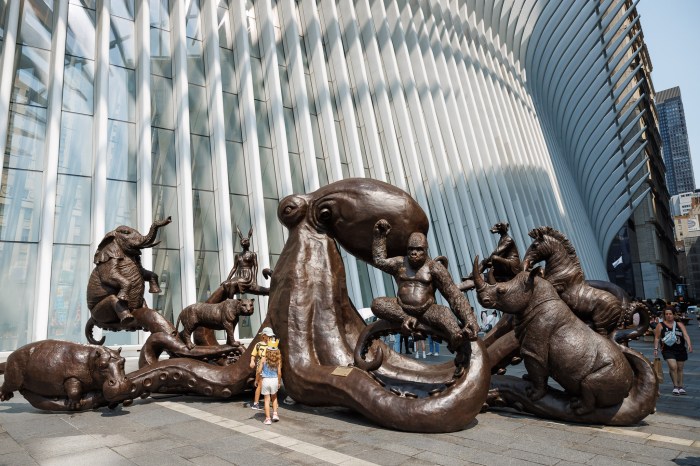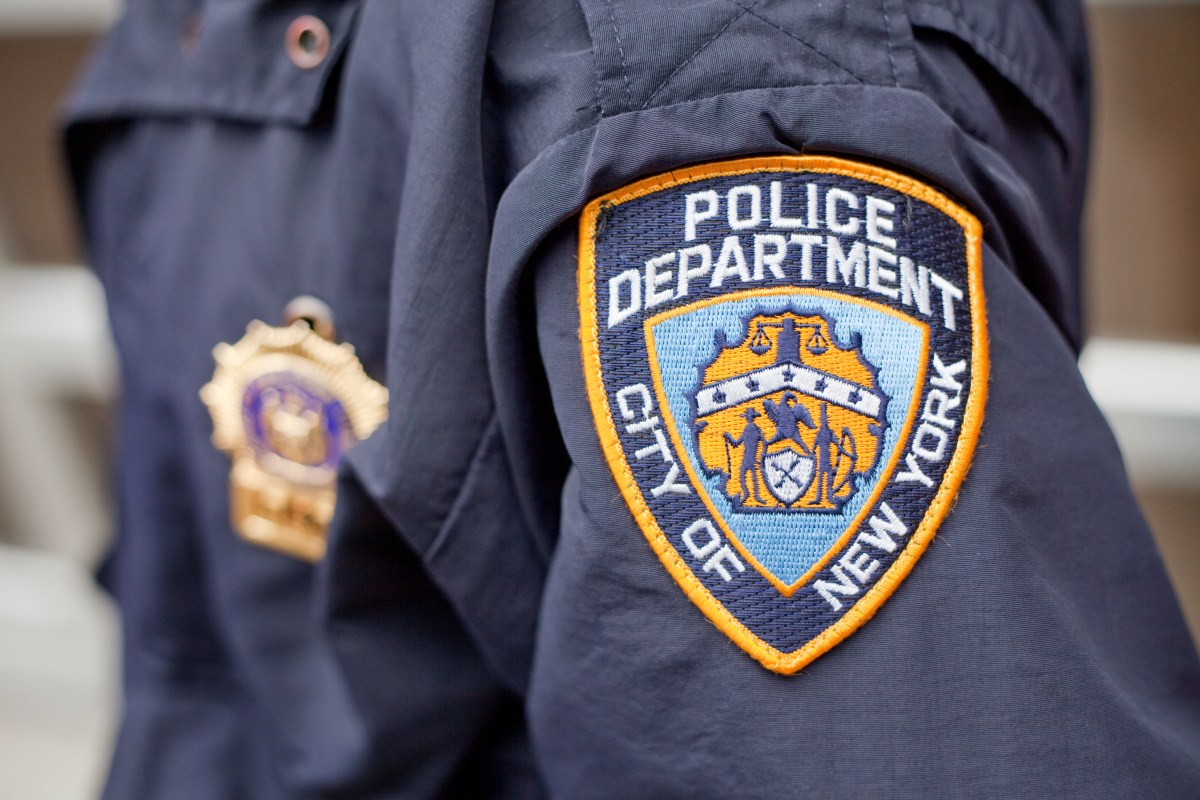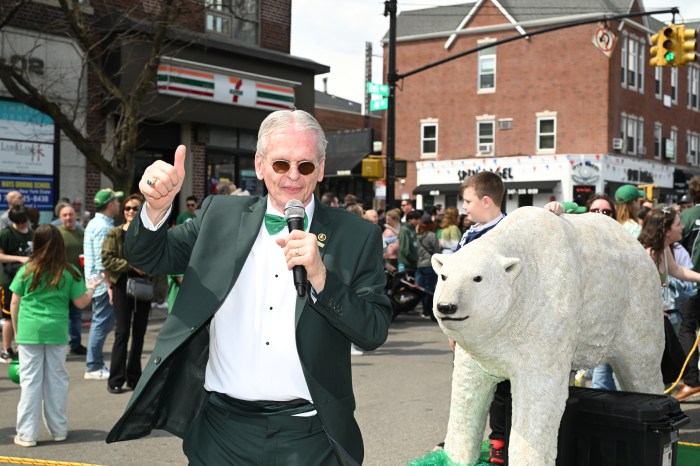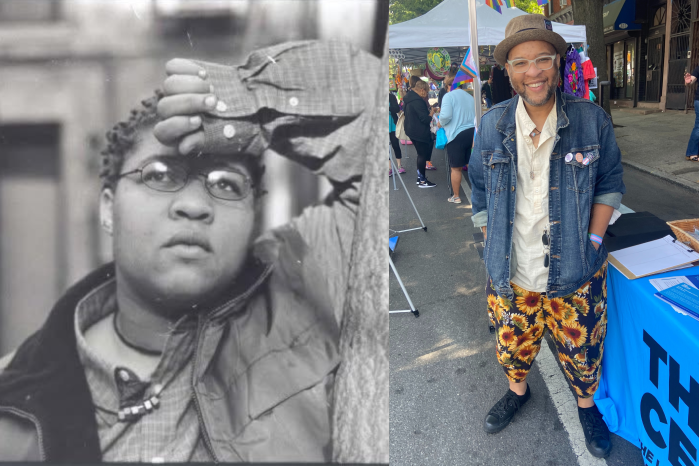 ” class=”wp-image-124742338″/>
” class=”wp-image-124742338″/>Photo Credit: Julie Larsen Maher
The long-awaited Nitehawk reboot of Park Slope’s landmarked movie theater was unveiled Tuesday night with a gala event that highlighted its new look while paying homage to its long history.
The theater, formerly known as the Pavilion, was derided by film fans and community members alike for its shoddy state, including broken seats, poor heating and air conditioners, and the occasional bedbug scare. Now the 34,000-square-foot space at 188 Prospect Park West features restored exposed brick walls, marble stairs, new projectors with bigger screens, two bars and in-theater dining.
Matthew Viragh, Nitehawk’s founder, said he cherished the 90-year-old theater as a community art space and wanted to bring that luster back.
“I always wanted to do this,” he said. “This was the inspiration for the original Nitehawk.”

Getting the space back in shape was no easy task, Viragh said. Debuting in 1928 as the Sanders Theater, it closed and reopened several times over the next nine decades as ownership changed. In 2012, the building was added to the Park Slope historic district, which protected it from major alterations without city approval.
The $15 million renovation over the past two years altered much of the interior, added a new elevator and bathrooms, and saw highlights to the exterior. The old Pavilion’s marquee has been replaced with a Nitehawk neon sign, and the ground floor ticket booth was given fresh glass and lighting. The lobby has a bronze plaque bearing the Nitehawk logo, along with the theater’s previous names.
The carpet and paint were all stripped and cleaned, Viragh said, and he had exterminators search and destroy all bugs and other pests lurking in the corridors.
“It was like a hoarder had lived here for 50 years and left everything.”
The opening was delayed after construction crews found some of the building’s relics, such as the original marble stairs and metal railing and the remains of a first floor balcony. Viragh said his team decided to build around the balcony and keep it exposed in the first floor ceiling for visitors.
“It had a lot of good bones and a lot of potential.”

The biggest change was made to the movie house’s seven theaters, which seat 650 guests combined. The leather seats contain tables for food, and each theater has a digital projector. Four of the theaters include projectors that can play 35mm film.
The theater’s opening week lineup includes big budget films like “Mary Poppins Returns,” and independent fare such as the documentary “Free Solo,” and it will host special screenings with its “Signature Series” programs. Viragh said fans can expect movies from up-and-coming New York filmmakers, classic cult films and other content during those screenings, and they are planning film festivals for the location.
“We have a lot of talented filmmakers here,” he said.

Similar to its Williamsburg counterpart, Nitehawk Prospect Park will include a strong food and drink menu with dishes prepared by executive chef Blessing Schuman-Strange. The menu will change seasonally but include some of the theater’s signature items, such as the Nitehawk burger and popcorn with truffle butter and citric salt.
“There are a lot of people who rave about our original (Williamsburg Nitehawk) menu so we wanted to have something similar,” he said.
The drink selection includes 10 beers on tap and cocktails related to the movie selections (e.g., the “Aquaman”-themed “Surface vs Sea”). Visitors will have a chance to down those drinks outside of their theater seats.
The Pavilion second floor’s arcades and games have been replaced by the Nitehawk’s full-service bar and VHS vault. The floor offers views of Prospect Park, a collection of vintage movie posters on the walls and a balcony. Gamers aren’t be left out: Some of the cocktail tables have arcades built into them.

Viragh said the second floor and lobby bars are open for anyone over 21, even if they are not watching a movie.
“We want to encourage the area to own us as a neighborhood spot,” he said. “We love Brooklyn and we are happy with what we did here.”

































